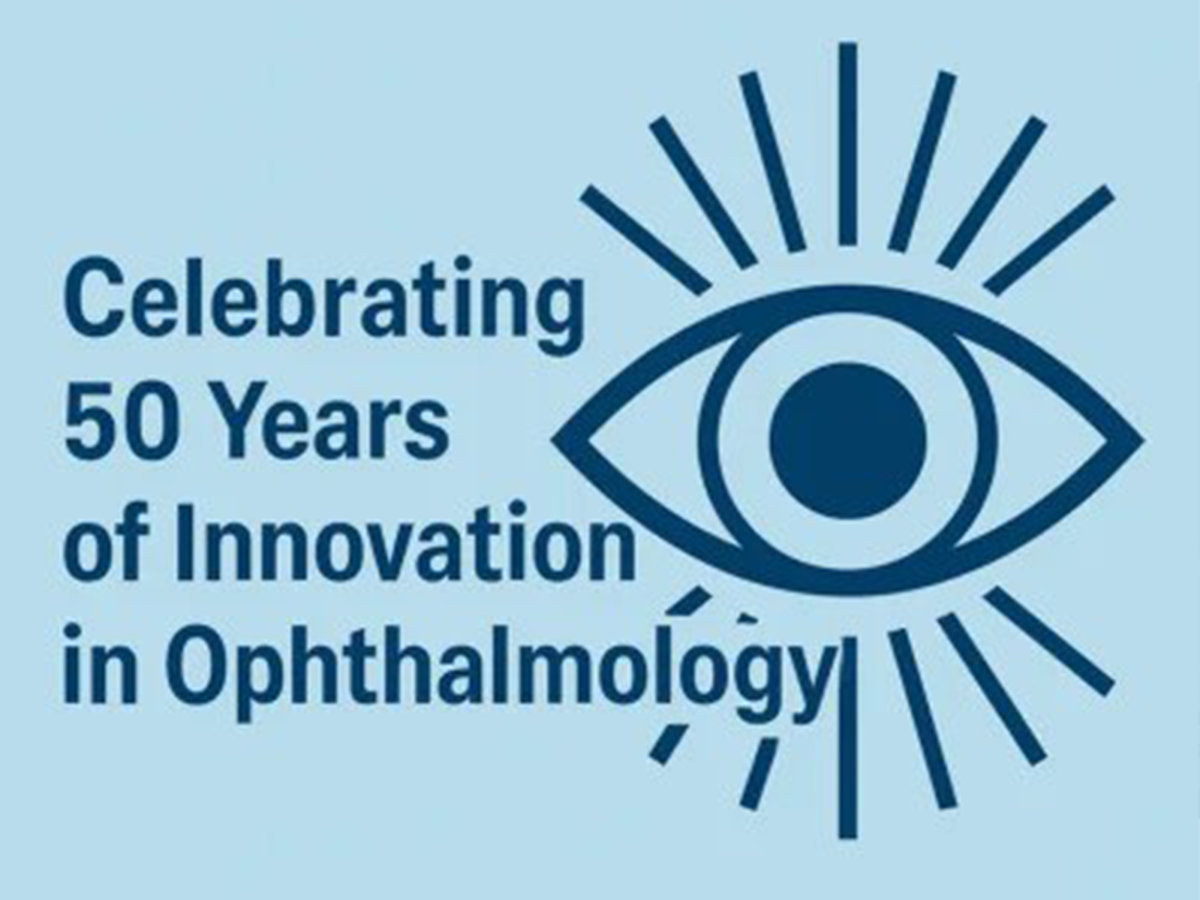Celebrating 50 Years of Innovation in Ophthalmology: A Look at the Technologies That Changed Everything
As Ophthalmology Times celebrates its 50th anniversary, leading physicians reflected on the most transformative innovations in our field over the past five decades. Their insights offer not only a moment of reflection but also a powerful reminder of how far we’ve come—and how essential ophthalmic technology is in shaping patient outcomes.
OCT: The Unmatched Diagnostic Breakthrough
Across the board, one piece of technology stood out: Optical Coherence Tomography (OCT). Drs. Kelly Donovan, Nita Valikodath, and Oleg Alekseev each highlighted OCT as the single most impactful diagnostic innovation in recent memory. And for good reason.
OCT has revolutionized how we view retinal and optic nerve structures—noninvasively, in high detail, and with real-time feedback. What once required inference or invasive testing can now be assessed with clarity and precision in-office. In many ways, it shifted ophthalmology from “look and guess” to “scan and know.”
As a supplier of refurbished ophthalmic equipment, we’ve seen firsthand how OCT has become not just a specialty tool, but a standard of care—essential for practices large and small.
Therapeutic Advancements: From Anti-VEGF to Gene Therapy
Diagnosis, of course, is only half the story. Treatment breakthroughs like anti-VEGF biologics (as Dr. Donovan noted) have saved the vision of millions worldwide. For specialists in inherited retinal diseases, gene therapies like Luxturna represent a leap into personalized, precision medicine that was unthinkable just decades ago.
These breakthroughs underscore the importance of equipment that enables not just diagnosis, but also monitoring and treatment delivery. From laser platforms to surgical systems and injectable delivery tools, modern care depends on precision technology.
The Role of Lasers in the Office Setting
Dr. Tania Tai brought attention to an innovation that’s close to our hearts: laser trabeculoplasty. This in-office, noninvasive treatment opened a new path for glaucoma care—safe, efficient, and scalable. As she mentioned, newer advances in MIGS and sustained-release medications are exciting, but laser therapy laid the groundwork for that evolution.
At our facility, we continue to see high demand for refurbished SLT, YAG, and combination laser systems, proving that even as new treatments emerge, reliable laser technology remains central to ophthalmic care.
Looking Ahead: The Next 50 Years
Innovation in ophthalmology isn’t slowing down. With AI-assisted diagnostics, adaptive optics, and teleophthalmology on the rise, we’re excited to support eye care professionals as they adopt these next-generation tools.
Whether you’re expanding your imaging capabilities, adding surgical lasers, or upgrading your diagnostic equipment, our mission remains the same: to make advanced ophthalmic technology more accessible, sustainable, and affordable.
Here’s to the next 50 years of sight-saving innovation!
Find the full story and video here:
https://www.ophthalmologytimes.com/view/part-2-biggest-innovations-in-ophthalmology-in-50-years
